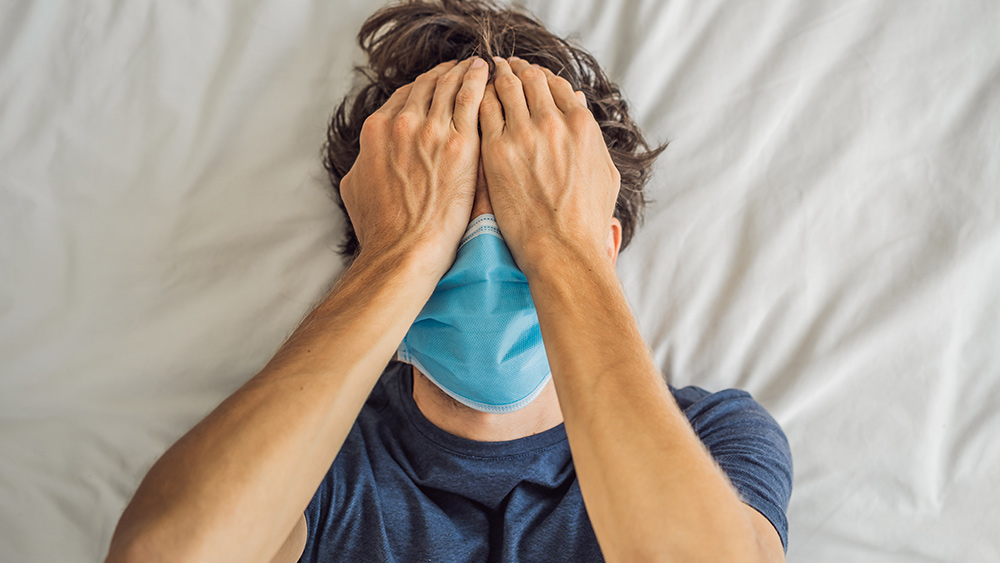
The New York Department of Health reports that nearly 6,600 residents have died in the state's nursing homes and adult facilities, although an analysis by the Foundation for Research on Equal Opportunity believes the actual death toll could be 25 percent greater than the official tally.
At the heart of the controversy is an executive order signed by Cuomo on March 25 that essentially forced nursing homes to re-admit recovering coronavirus patients who were discharged from hospitals without testing them to make sure they were free of the virus.
Similar mandates were put in place in New Jersey, California and Massachusetts. The idea was to vacate hospital beds so that they would be available to sicker patients. However, those in the nursing home industry, along with workers and residents' families, were furious about the mandate, especially in light of the fact that elderly people have a greater risk of contracting COVID-19.
The Executive Director of the Long-Term Care Community Coalition of New York, Richard Mollot, said the move put a lot of people in "grave danger." He added: "We know facilities have a lot of infection-control problems, we know that facilities have low staff, so what do you think was going to happen when the staff were further strained in caring for these patients?”
The unpopular mandate was later reversed on May 10.
Calls for independent inquiry
A report released by the Cuomo administration found the policy was not at fault, citing spread by nursing home staff as the main factor. According to the Department of Health, 20,000 nursing home staffers were infected with the disease between late February and April. The report said that 80 percent of the state's 310 nursing homes that took in coronavirus patients had already noted cases before the order.
However, some experts insist that an independent inquiry is needed to determine the cause of the deaths. Harvard Medical School Professor of Health Policy David Grabowski said that the policy probably did raise fatalities in the state, although he believes it may not be the main driver.
Cuomo said that "you'd have to be blind" to think that the calls for further investigations aren't political. He added: “Just look at where it comes from, and look at the sources, and look at their political affiliations, and look at who wrote the letter in Congress, and look at what publications raise it and what media outward networks raise it.”
It's worth noting, however, that state politicians on both sides of the aisle are calling for an investigation into the role of the executive order in the deaths. Representative Steve Scalise (R-La.), the head of the House Subcommittee on Coronavirus, wrote in a letter last month that the conclusion of the report was based on "flawed methodology” and expressed his disappointment that it placed the blame on nursing home workers.
Democrat State Assemblyman Ron Kim, meanwhile, said that having the health department investigating its own decisions is a conflict of interest. He called the notion of sending coronavirus patients from hospitals back into nursing homes “ludicrous.”
Any time thousands of people lose their lives, it is only natural for questions to arise about whether those deaths could have been prevented. It does not make a lot of sense to send people who had the virus back into nursing homes before they fully recovered and without testing them, even if New York was scrambling to find enough hospital beds to accommodate the huge influx of patients in the early days of the virus. With the huge emphasis being placed on wearing masks and social distancing to curb the spread of the disease, Cuomo shouldn’t be surprised that so many questions are arising about the wisdom of his mandate.
Sources for this article include:
Please contact us for more information.























